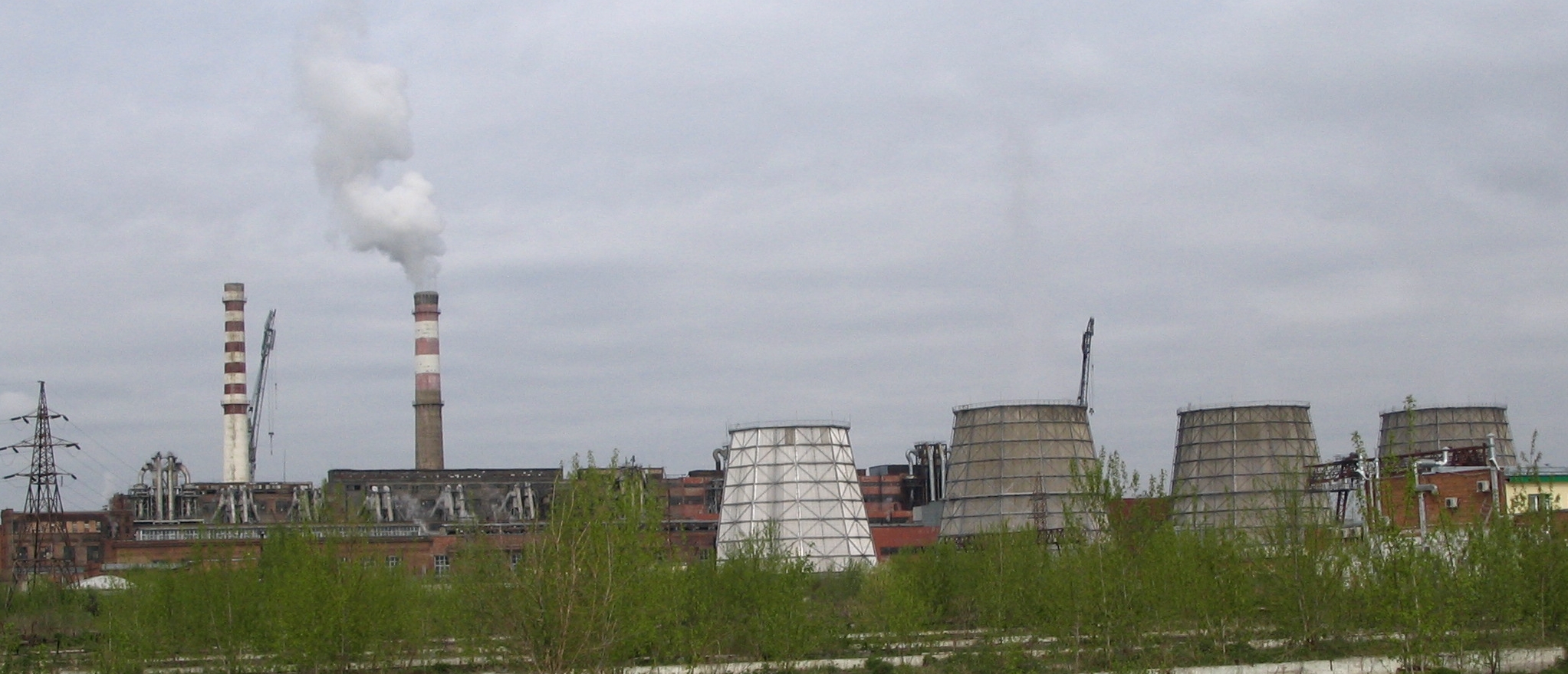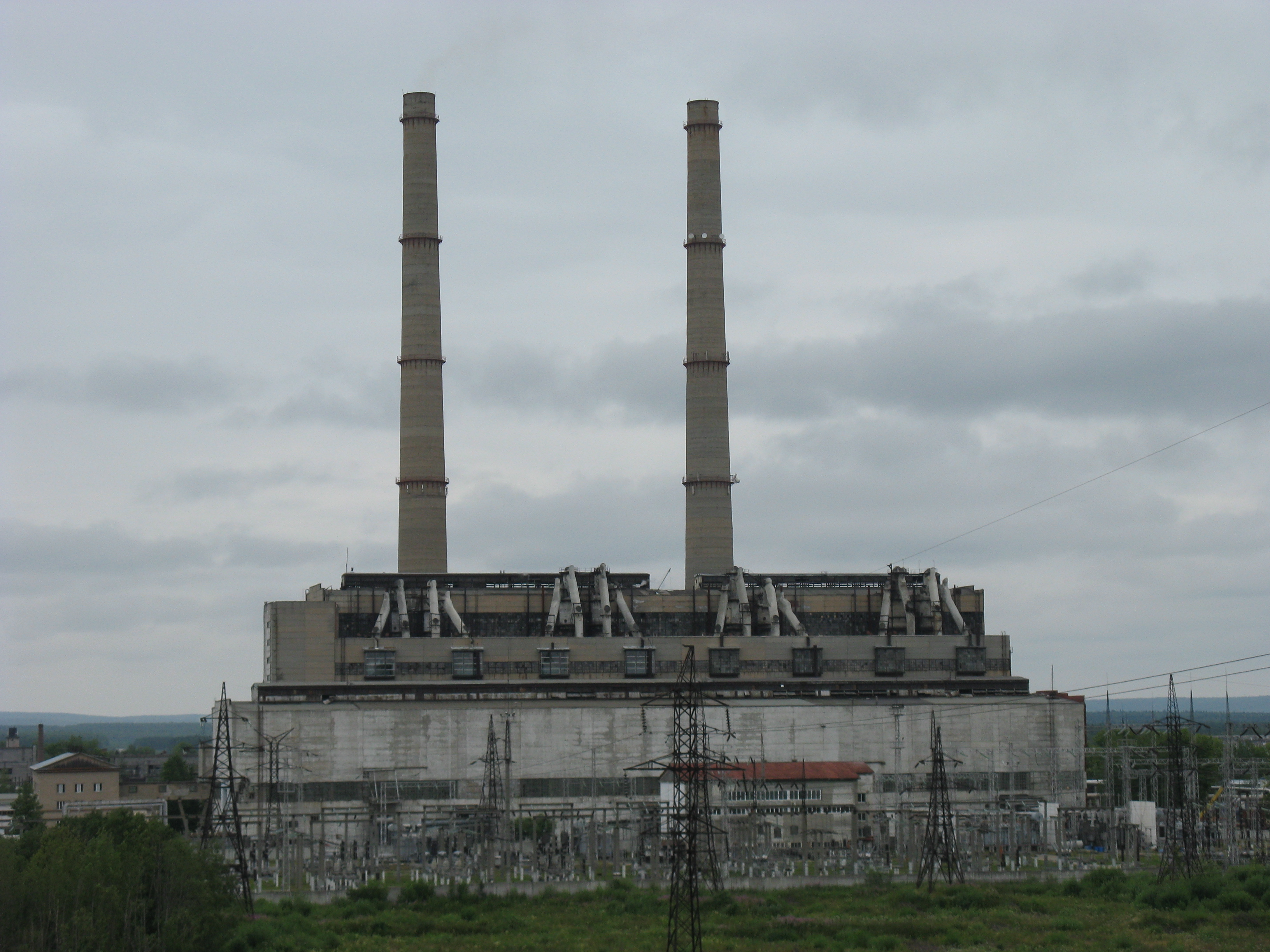GRES (power Station) on:
[Wikipedia]
[Google]
[Amazon]

 The first large
The first large

 The first large
The first large peat
Peat is an accumulation of partially Decomposition, decayed vegetation or organic matter. It is unique to natural areas called peatlands, bogs, mires, Moorland, moors, or muskegs. ''Sphagnum'' moss, also called peat moss, is one of the most ...
-fired thermal power station
A thermal power station, also known as a thermal power plant, is a type of power station in which the heat energy generated from various fuel sources (e.g., coal, natural gas, nuclear fuel, etc.) is converted to electrical energy. The heat ...
in Russia
Russia, or the Russian Federation, is a country spanning Eastern Europe and North Asia. It is the list of countries and dependencies by area, largest country in the world, and extends across Time in Russia, eleven time zones, sharing Borders ...
was built on a location about 80 km away from Moscow
Moscow is the Capital city, capital and List of cities and towns in Russia by population, largest city of Russia, standing on the Moskva (river), Moskva River in Central Russia. It has a population estimated at over 13 million residents with ...
, in the place of the current city of Elektrogorsk, during 1912-1914. It was called ''Elektroperedacha'' (literally "electric power transmission
Electric power transmission is the bulk movement of electrical energy from a generating site, such as a power plant, to an electrical substation. The interconnected lines that facilitate this movement form a ''transmission network''. This is ...
"), and the settlement around the station (future Elektrogorsk) acquired this name, Elektroperedacha, as well. Today the station is called GRES-3 or Elektrogorskaya GRES.
Terminology
The abbreviations below are commonly used in the names of power stations. The term GRES (, ) refers to a condenser type electricity-onlythermal power station
A thermal power station, also known as a thermal power plant, is a type of power station in which the heat energy generated from various fuel sources (e.g., coal, natural gas, nuclear fuel, etc.) is converted to electrical energy. The heat ...
introduced in the Soviet Union
The Union of Soviet Socialist Republics. (USSR), commonly known as the Soviet Union, was a List of former transcontinental countries#Since 1700, transcontinental country that spanned much of Eurasia from 1922 until Dissolution of the Soviet ...
which still exist in Russia
Russia, or the Russian Federation, is a country spanning Eastern Europe and North Asia. It is the list of countries and dependencies by area, largest country in the world, and extends across Time in Russia, eleven time zones, sharing Borders ...
and other former Soviet republics. The Russian abbreviation ГРЭС stands for Государственная районная электростанция, or "state-owned district power plant" (often abbreviated in English as SDPP). Over time the abbreviation has lost its literal meaning, and the term refers to a high-power (thousands of megawatt
The watt (symbol: W) is the unit of Power (physics), power or radiant flux in the International System of Units (SI), equal to 1 joule per second or 1 kg⋅m2⋅s−3. It is used to quantification (science), quantify the rate of Work ...
) thermal power station of condenser type.
The terms TEC and TET () refer to combined heat and power plants.
History
The Soviet GOELRO plan of 1920s provided for construction of several GRES (along with 20 TEC and 10 hydroelectrostations, the best known among them is Shatura Power Station (peat-fired, planned already in 1914). The first GRES were constructed upon the initiative of power engineer Robert Klasson.''The Electrification of Russia, 1880-1926'', by Jonathan Coopersmith, 1992,References
{{Portal, Russia, Energy Fossil fuel power stations in Russia Power stations built in the Soviet Union Science and technology in the Soviet Union